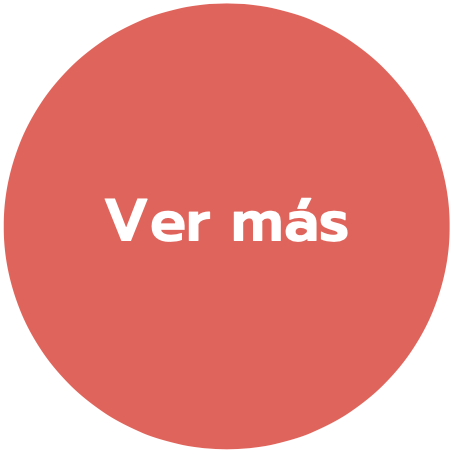The Sustainable Development Goals (SDGs) are a blueprint for a better and more sustainable future for everyone in the world and were established by the United Nations (UN) and the World Summit on Sustainable Development (WSSD). UN General Assembly in 2015, setting targets for 2030.
The Economic Commission for Latin America and the Caribbean (ECLAC) emphasizes that the SDGs are at the heart of the Agenda 2030 and show a comprehensive, indivisible vision and renewed international collaboration, which together build a vision of the desired future.
In total there are 17 SDGs, which in turn have a total of 169 targets and 231 indicators.
"The member states of the United Nations have firmly expressed that this agenda is universal and profoundly transformative. This agenda leaves behind old paradigms where some countries donate while others receive conditional aid. This agenda also seeks to express the principle of common but differentiated responsibilities and build a true partnership for development in which all countries participate," ECLAC emphasizes.
Features
- They are universal: The SDGs constitute a truly universal frame of reference and will apply to all countries. On the path to sustainable development, all countries have unfinished business and all face both common and individual challenges in achieving the multiple dimensions of sustainable development outlined in the SDGs.
- They are transformative: As an agenda for "people, planet, prosperity, peace and partnership", the 2030 Agenda offers a paradigm shift from the traditional development model towards sustainable development that integrates economic, social and environmental dimensions. The 2030 Agenda provides a transformative vision for sustainable development centered on people and planet, based on human rights, and the dignity of people.
- They are civilizational: The 2030 Agenda seeks to leave no one behind and envisions "a world of universal respect for equality and non-discrimination" between and within countries, including with regard to equality, by confirming the responsibility of all States to "respect, protect and promote human rights, without distinction of any kind, such as race, color, sex, language, religion, political or other opinion, national or social origin, property, birth, disability or other status.
The SDGs are also a planning and monitoring tool for countries, both at the national and local levels. Thanks to their long-term vision, they will support each country on its path towards sustained, inclusive and environmentally sound development, through public policies and planning, budgeting, monitoring and evaluation instruments.
What are the 17 SDGs?
1.- End of poverty
To achieve the goal of ending poverty, economic growth must be inclusive in order to create sustainable jobs and promote equality.
Zero hunger
The food and agricultural sectors offer key solutions for development and are vital for the elimination of hunger and poverty.
3. Health and wellness
To achieve the Sustainable Development Goals, ensuring healthy lives and promoting universal well-being is fundamental.
Quality education
Education is the basis for improving our lives and sustainable development.
5.- Gender equality
Gender equality is not only a fundamental human right, but the necessary foundation for a peaceful, prosperous and sustainable world.
Clean water and sanitation
Water free of impurities and accessible to all is an essential part of the world we want to live in.
7.- Affordable and non-polluting energy
Energy is central to almost every major challenge and opportunity facing the world today.
Decent work and economic growth
We must reflect on this slow and uneven progress and review our economic and social policies aimed at eradicating poverty.
Industry, innovation and infrastructure
Investments in infrastructure are essential to achieve sustainable development.
10.- Reduction of inequalities
Reducing inequality within and between countries.
11.- Sustainable cities and communities
Investments in infrastructure are crucial to achieving sustainable development.
12.- Responsible production and consumption
The goal of sustainable consumption and production is to do more and better things with less .
13.- Climate Action
Climate change is a global challenge that does not respect national borders and resources.
14.- Underwater life
Conserve and sustainably use the oceans, seas and marine resources for sustainable development.
15.- Life of terrestrial ecosystems
Sustainably manage forests, combat desertification, halt and reverse land degradation and halt biodiversity loss.
16.- Peace, justice and strong institutions
Universal access to justice and the building of accountable and effective institutions at all levels.
17.- Alliances to achieve the objectives
Revitalize the Global Partnership for Sustainable Development.


